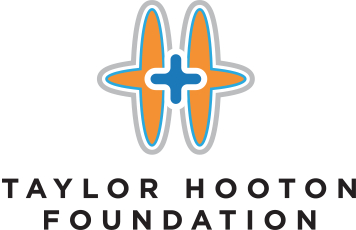Alex K Bonnecaze 1, Thomas O’Connor 2, Cynthia A Burns 3Affiliations expand
- PMID: 33948794
- DOI: 10.1007/s11606-021-06751-3
Abstract
Anabolic androgenic steroid (AAS) and performance-enhancing drug (PED) use is a prevalent medical issue, especially among men, with an estimated 2.9-4 million Americans using AAS in their lifetime. Prior studies of AAS use reveal an association with polycythemia, dyslipidemia, infertility, hypertension, left ventricular hypertrophy, and multiple behavioral disorders. AAS withdrawal syndrome, a state of depression, anhedonia, and sexual dysfunction after discontinuing AAS use, is a common barrier to successful cessation. Clinical resources for these patients and training of physicians on management of the patient using AAS are limited. Many men are hesitant to seek traditional medical care due to fear of judgment and lack of confidence in physician knowledge base regarding AAS. While proposed approaches to weaning patients off AAS are published, guidance on harm reduction for actively using patients remains sparse. Medical education regarding the management of AAS use disorder is paramount to improving care of this currently underserved patient population. Management of these patients must be non-judgmental and focus on patient education, harm reduction, and support for cessation. The approach to harm reduction should be guided by the specific AAS/PEDs used.
References
- Pope HG, Kanayama G, Athey A, Ryan E, Hudson JI, Baggish A. The lifetime prevalence of anabolic-androgenic steroid use and dependence in Americans: current best estimates. Am J Addict. 2014;23(4):371–7. – PubMed – DOI – PMC
FOR FULL PUBLICATION: https://pubmed.ncbi.nlm.nih.gov/33948794/
